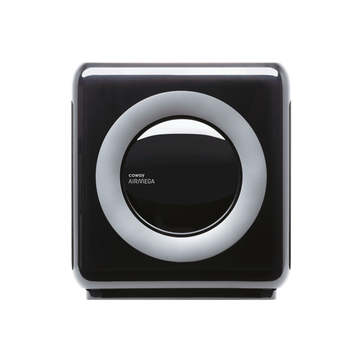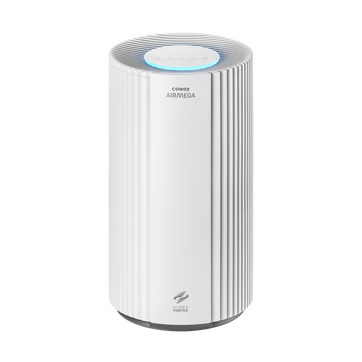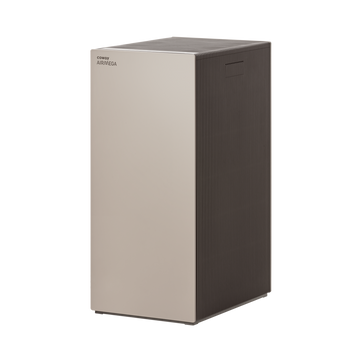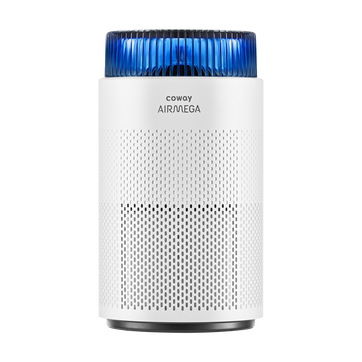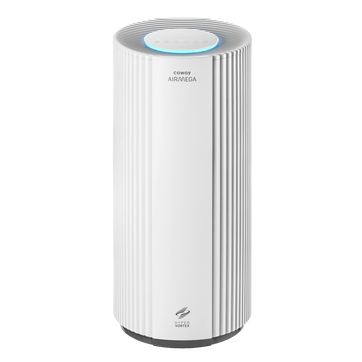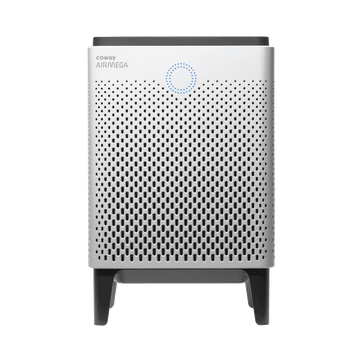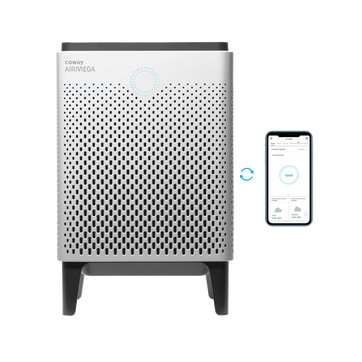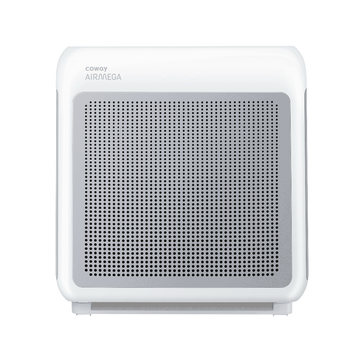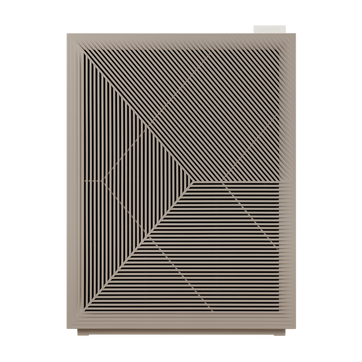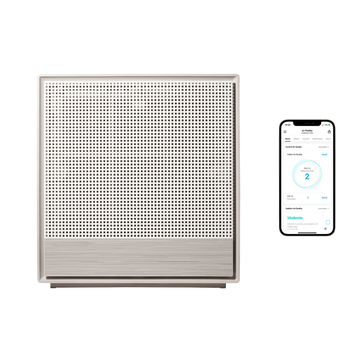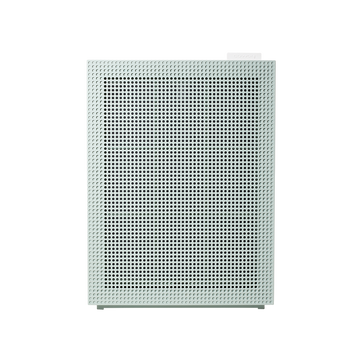
What is Tap Water?
What is tap water? While the literal answer is obvious— tap water is water delivered directly into our homes through the tap, or faucet—the reality of our daily drinking water is much deeper. The safety of our drinking water depends on a host of natural and man-made factors.
Tap water begins as source water
Long before H2O flows through the kitchen faucet, it’s present in nature. The water we drink originates in rivers, lakes and groundwater known as underground aquifers. Aquifers act as a sponge in the earth. When rain falls, the ground absorbs the excess water, and this becomes groundwater. Rivers, groundwater and lakes are all source water for our drinking water.

Source water needs protection
All people, plants and animals need clean water to live. Unfortunately, the threat to clean water starts with source water. A wide range of chemical pollutants, including agricultural run-off and Volatile Organic Compounds (VOCs) from industrial waste, can contaminate bodies of water that hydrate an entire region. Additionally, climate change is emerging as a new threat against source water. As the planet warms, large bodies of water are drying out.
Infrastructure transports tap water
As tap water makes its journey from source to home, it flows through an extensive infrastructure network. Sometimes, as in the Flint, Michigan water crisis of 2014, the infrastructure is old and can contain elements like lead. Or the water can be exposed to harmful bacteria and corrosion. Municipalities can reduce these risks by modernizing their infrastructure, but too often, neither the budget nor the political will exists to get the job done.
Potential drinking water contaminants
Agricultural run-off: Farming chemicals, like pesticides and weed killers, can seep into the soil and then be washed into nearby waterways.
Volatile Organic Compounds (VOCs): Potentially harmful chemicals that can be found in industrial waste and many consumer products.
Lead: A dangerous heavy metal that can leach into drinking water from old infrastructure or industrial production.
Microbial cysts: Waterborne carriers of parasites and other microorganisms that can make people sick.
Bacteria: Microorganisms that can grow in water, particularly if left stagnant.
So, what is tap water? In the end, it’s what you make of it. To ensure you and your family drink clean, fresh tap water every day, it’s easy to install the Coway Aquamega water filter to your kitchen faucet. The filtering system reduces common contaminants, like lead, mercury and microbial cysts, by up to 99 percent. Best yet, the filters do their work at the last possible step before you drink the water. As a result, whether water picks up harmful elements as source water or during transport, your drinking water meets the highest level of safety.
Visit Coway to learn more.
Disclaimers
1Coway air purifiers have been proven to trap dust, pollen, dander, viruses and bacteria in the air based on KCL (Korea Conformity Laboratories) testing.They have been tested in a 30㎥ size chamber according to the Korea Air Cleaning Association standard (SPS-KACA 002-132:2022 Modified) to measure the 0.01㎛ size of particle removal rate. It was tested on maximum airflow speed in normal room temperature and humidity conditions. The performance may vary in the actual living environment of customers.
→ Tested with Airmega Aim, 50, 100, 150, 160, Tower AP-1216L, Mighty AP-1512HH, MightyS AP-1512HHS, 200M, Icon, IconS, 230, 240, 250, 250 Art, 250S, 300, 300S, 350, 400, 400S, 450, ProX
299.97% of viruses, bacteria, fungi and pollen were verified to be removed from the air for Coway air purifiers which have Green True HEPA™ filter applied based on the Japan Food Research Laboratories(JFRL) testing according to JEM 1467 standard.
→ Tested with Coway Airmega Mighty AP-1512HH, MightyS AP-1512HHS, 250, 250 Art, 250S, 300, 300S, 400, 400S
→ All tested by JFRL and received above result within below time.
4The concentration of ammonia, acetaldehyde and acetic acid were proven to be removed within 30 minutes by FCG Research Institute, Inc. Human Life Science Lab. It is not a demonstration result in the actual use space. Not all odors and gases may be supported. → Tested with Coway Airmega 150, 160, Mighty AP-1512HH, MightyS AP-1512HHS, 400, 400S
5The coverage area of the air purifier is based on an area where the air cleaner can make two air changes per hour (ACPH). An air change per hour translates to how many times an air purifier can clean an area, assuming the height of a ceiling to be 8 ft, in one hour. Therefore ** means two air changes per hour means that the cleaner can clean the area once every 30 minutes and * means air changes per hour means that the air purifier can clean the area once every 60 minutes.
10Terms and conditions apply. Discounts, including promotions, coupons, bundle discount and subscription discount, cannot be stacked on top of other coupons. During promotional periods, discount codes will not be able to be applied to orders. Promo codes may apply to products only—filters, accessories, and new products within 3 months of the release date are not included.
11Based on Coway R&D internal laboratory testing, activated carbon filtration was shown to remove up to 95% of ammonia odors within 40 minutes, and up to 99% of fecal odors within 20 minutes. Actual performance may vary depending on usage conditions.

